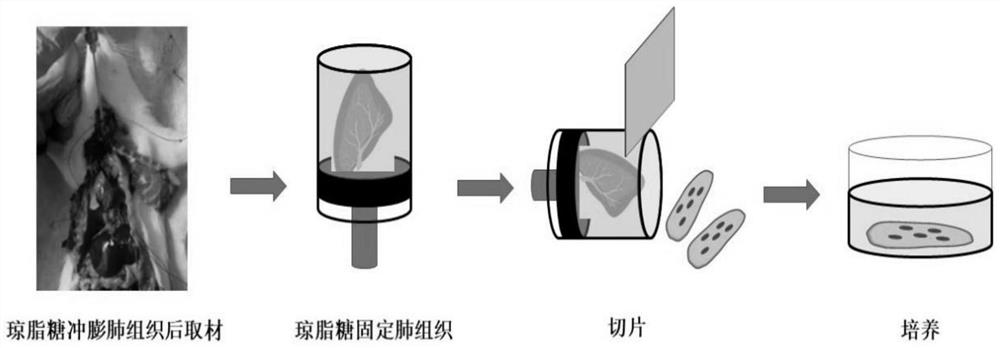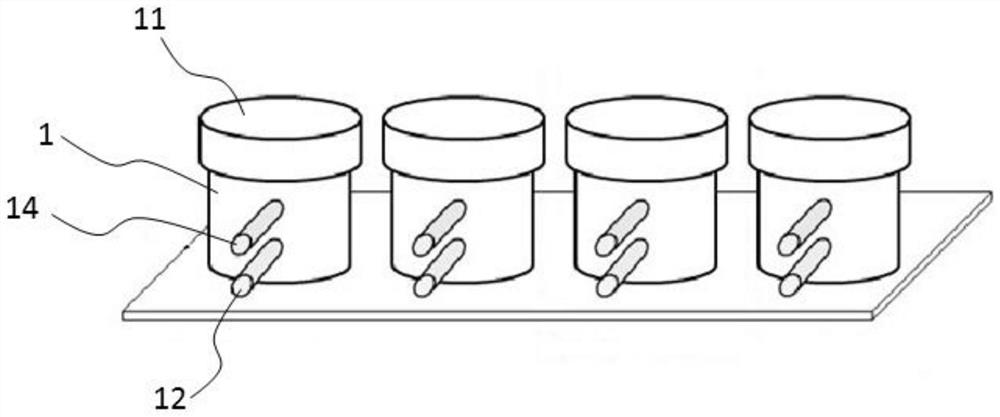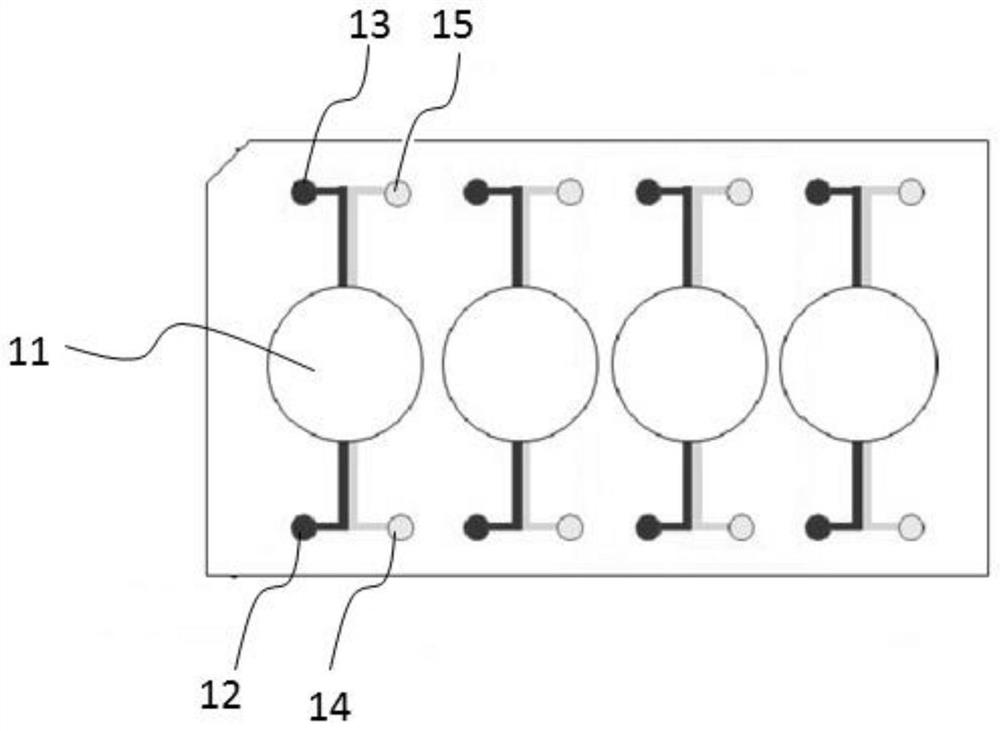Lung qi-blood barrier injury model as well as establishment method and application thereof
A technology of air-blood barrier and injury model, which is applied in the field of medical models, can solve problems such as inappropriateness, damage to the integrity of alveolar epithelial cells and pulmonary microvascular endothelial cells, and the inability to truly and comprehensively reflect the state of the lung air-blood barrier. Accurately evaluate the effectiveness of the method
- Summary
- Abstract
- Description
- Claims
- Application Information
AI Technical Summary
Problems solved by technology
Method used
Image
Examples
Embodiment 1
[0105] Precise lung slice 4 (PCLS) production, such as figure 1 As shown, specifically:
[0106] (1) After the SD rats were anesthetized, the inferior vena cava was cut open to drain the blood from the lungs, the trachea was exposed, and a small incision was made on the front side of the cartilage belt, so that the mouse gavage needle could pass through. A 1ml syringe draws 37°C agarose and slowly injects it into the lungs. After solidification, the lungs inflated by the agarose are excised and stored in cold PBS.
[0107] (2) Fix the lung and trachea side of the agarose inflated mouse on the plunger of the metal syringe with glue, and trim the excess tissue beyond the edge of the plunger; move the plunger downward so that the sides of the metal syringe are upward Move to form a well with the lung glued to the bottom, no more than a few centimeters deep. Pour the agarose at 37°C into the well, cool and solidify, put the syringe into the automatic slicer, and slice the lung t...
Embodiment 2
[0110] Establishment of lung air-blood barrier injury model, such as Figure 2-5 As shown, specifically:
[0111] (1) The culture mold includes 4 culture units that can be used alone or at the same time, and each culture unit includes a culture chamber, a limiting part, a micro-flow pump and an air pump.
[0112] (2) The cultivation chamber body 1 is cylindrical, the bottom is a plane, and the inner diameter of the bottom is about 40mm. There are liquid inflow channels 12 for input of medium, liquid outflow channels 13 for medium output, gas inflow channels 14 for gas inflow and gas outflow channels 15 for gas output, liquid inflow channels 12 and liquid outflow channels The channel 13 is arranged symmetrically with respect to the axis line of the culture chamber, the gas inflow channel 14 and the gas outflow channel 15 are arranged symmetrically with respect to the axis line of the culture room, the liquid inflow channel 12 is connected with the micro-flow pump, and the liqu...
Embodiment 3
[0118] Bone marrow mesenchymal stem cell–derived dexosomes (BMSC-Exos) were used to repair the lung air-blood barrier damage model:
[0119] (1) Rat BMSCs were isolated, cultured, proliferated and identified in vitro.
PUM
| Property | Measurement | Unit |
|---|---|---|
| concentration | aaaaa | aaaaa |
| thickness | aaaaa | aaaaa |
| pore size | aaaaa | aaaaa |
Abstract
Description
Claims
Application Information
 Login to View More
Login to View More - R&D
- Intellectual Property
- Life Sciences
- Materials
- Tech Scout
- Unparalleled Data Quality
- Higher Quality Content
- 60% Fewer Hallucinations
Browse by: Latest US Patents, China's latest patents, Technical Efficacy Thesaurus, Application Domain, Technology Topic, Popular Technical Reports.
© 2025 PatSnap. All rights reserved.Legal|Privacy policy|Modern Slavery Act Transparency Statement|Sitemap|About US| Contact US: help@patsnap.com



